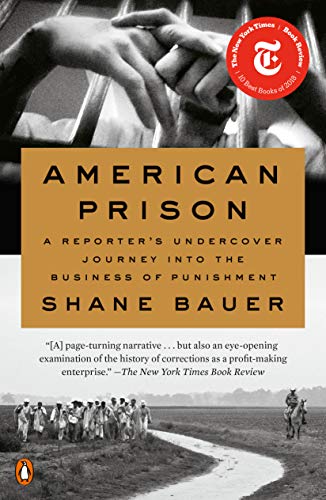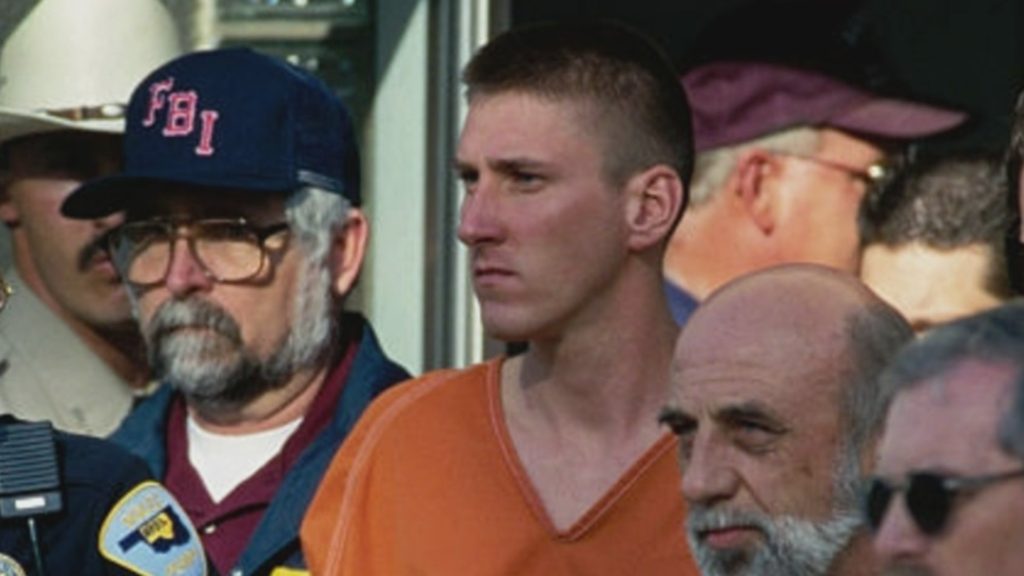The Big Band Golden Age is Now

The Swing Era of the 30s and 40s is commonly remembered as the golden age of the jazz big band. Ellington. Basie. Miller. Shaw. Goodman. Calloway. Eckstine. Dizzy. And dozens more, busloads of troupers riding town to town to play at venues ranging from high school gyms to roller skating rinks to any venue that could accommodate a few hundred people dancing their asses off.
The economics and logistics of keeping a dozen or more musicians on the road were never sustainable. Add in the fact that dance music – and the big bands were first and foremost dance bands – was drifting towards the burgeoning rock’n’roll sound, and the demise of the big band was inevitable. Ellington and Basie kept going well into the 1970s, but big bands became less important as the small ensemble ethos of be- and post-bop became the prominent vehicles for jazz.
The idea of the large ensemble never really went away, with artists as varied as Miles (with Gil Evans), Coltrane (Africa Brass and Ascension), and Charles Mingus flirted with expanded instrumentation through the 50s and 60s. But these cats and a few others (e.g., Buddy Rich
A few NYC-based big bands kept the flame alive. The Thad Jones/ Mel Lewis Jazz Orchestra kept up a pretty good run, thanks to a weekly gig at the Village Vanguard. Now known as the Vanguard Jazz Orchestra, only the COVID era has shut down their 50 year-plus Monday night run. Here’s hoping they – and the Vanguard – will pick up and keep. fucking. going. once the vaccine does its work.
Gil Evans kept his vision alive with a similar Monday night regular gig in New York, Mondays being the night that the best pro musicians were “off” and thereby available to play for very little money. People so wanted to play with Gil Evans that there would be as many cats in the audience with horns (or harmonicas: Toots Thielemans sat in one night I was there and played for three hours) at the ready as there were on stage.
Sam Rivers enjoyed a similar situation after he retired to Orlando, where the various theme park gigsters were hungry for some real music to play. He kept up a weekly gig with that gang almost until his death in 2011. A limited edition 3-cd set of the Rivbea All Star Orchestra from this period will run you around $950 if you can find a copy.
Carla Bley kept the large ensemble vibe running across a variety of orchestras, most notably the Liberation Music Orchestra led by Charlie Haden. Quietly and consistently, Carla Bley remade the jazz orchestra in her own image and likeness: beautiful, lithe, forward, kind, ferocious, and gently idiosyncratic. Along with Evans, every composer/arranger working today owes a deep debt to Bley, most especially the several women who have followed in her path that we’ll look at today.
A few others took up the challenge of standing up a big band along the way. Joe Henderson launched a one-off big band recording in ’95 that was superb and un-tourable. In the 80s-90s, a smattering of razor sharp European big bands – the Vienna Art Orchestra and Willem Breuker Kollektief chief among them – leveraged the government arts funding on tap in Europe (long since eliminated by the bastards of the Reagan raj in the U.S.) to withstand the immense challenges of taking a large ensemble on the road.
In the U.S., institutional support made possible the Carnegie Hall Jazz Orchestra (for a while) under Jon Faddis and the Lincoln Center Jazz Orchestra under Wynton Marsalis (still rolling strong). With the cachet and endowment heft of Lincoln Center behind them – along with Wynton’s massive media profile and considerable talents – the Lincoln Center crew has toured extensively, alternating between their mission as a repertory ensemble and their function as a vehicle for Wynton’s more ambitious projects.
One notable exception to this pendulum arc between feast (via institutional support) or famine (due to the nature of economic reality) was the Sun Ra Omniverse Solar Myth Science Heliocentric Arkestra (among so many recombinant naming possibilities – let’s just call it The Arkestra), formed in the mid-50s and, remarkably, still alive today. How Sun Ra managed to keep this group together for so long is a mystery and a marvel, especially when one considers the fact that he kept A-plus blazers like John Gilmore, Marshall Allen, and many others on board when they could have gained more money and fame striking out in their own small ensembles. And those who did move on to greater fame often made their way back to the Arkestra. Such was The Sun’s gravitational pull.
Even after Ra’s death in 1993 – and the subsequent passing of the great Gilmore and June Tyson – the Arkestra continues to thrive under the direction of Marshall Allen, who last year celebrated his 96th birthday by launching the first new Arkestra recording in 20 years. Swirling is a complete delight, mixing old Ra favorites like Angels and Demons at Play, Rocket #9, and Sea of Darkness with previously unrecorded Ra material and one Allen original. (Allen claims there are hundreds of unrecorded Ra compositions, some of them Ra felt too dangerous to ever be played outside of rehearsal.) Add in a boodle of archival Arkestra recordings spanning 40 years of angels and demons traveling the spaceways, and Our Year of Quarantine was a very good year for diving into one of the greatest big bands of all time. Keep traveling; Sun will wait for you.
Rob Mazurek’s Exploding Star Orchestra derives a great deal of its ethos and energy from Sun Ra’s Afro-Futurist vibe. Their 2020 release, Dimensional Stardust, boasts a who’s who lineup of the best of Chicago’s current crop of musicians, many of them associated with the legendary Association for the Advancement of Creative Musicians. Among this number, flautist Nicole Mitchell and cellist Tomeka Reid stand out, as does the seems-to-be-on-every-great-album-this year guitarist Jeff Parker. It is funky and spiky, with spoken word elements weaving into the mix of composition and improvisation like the best of Ra’s futuristic fantasies, yet unmistakably an entity like no other.
Norwegian drummer/composer Gard Nilssen’s 16-piece Supersonic Orchestra hearkens back to the heyday of the Willem Breuker Kollektief and Vienna Art Orchestra. Bravura ensemble passages and smashing feats of derring-do from the soloists, this is the kind of big band you wish you could see live just for the thrill of leaping out of your chair every couple of minutes. If You Listen Carefully The Music is Yours slings its three bass/ten horns onslaught with humor, drama, and the occasional whiff of high wire dancing and trapeze heroics. Get it. (Bandcamp takes payment for this one in Norwegian Kroner. No worries. The 70 NOK digital download is eight bucks and a quarter U.S., a bargain at twice the price.)
If you crave the supersonic skronk blast of saxophones in overdrive, this is your jam.
Moving on to Those Who Owe Much to Bley/Evans.
The Vanessa Perica Orchestra’s self-released Love Is a Temporary Madness – her first recording – is a bold and ambitious blast from Australia. Perica cites Ennio Morricone and Joe Henderson’s big band as primary influences and acknowledges her debt to Gil Evans, too. Coming this Spring, her orchestra is set to present Love is... in partnership with the Melbourne Symphony Orchestra. Despite my ingrained skepticism about the ability of classical orchestras to swing, I’m really curious to hear how this expanded sonic palette changes her already sumptuous harmonic layering.
Kathrine Windfeld is another comer in the Scandinavian big band sweepstakes. This Danish composer/pianist has a quartet and sextet project, but her primary avenue is her big band work. Orca is her third release, and it derives heavily from the Bley/Evans vocabulary and palette. Deeply textured with rich melodies. Highly recommended.
Back to New York. The Webber/Morris Big Band released Both Are True to widespread critical acclaim. Anna Webber and Angela Morris act as each other’s mirror in a sense. Each is a superb tenor/flute player and composer. On Webber’s tunes, Morris plays while Webber conducts. And vice versa. Like the best arrangers as far back as Ellington – and everybody else mentioned on this page – they know their players and write to fit their strengths.
This Webber piece, Rebonds, is a terrific example of the deft mixing of composition and improvisation the band offers. And it has a wonderful skank guitar bit that makes me all tingly..
One of the most anticipated releases of 2020 came from Maria Schneider, who has been turning out magnificent large ensemble works for 27 years with a big band notable for the consistency of its membership. Let’s just say she lived up to very high expectations with Data Lords. Landing at or near the top of most of the Best of 2020 lists, it is something of a career culmination (so far) for this one-time protégé of Gil Evans. Since her first release in 1994, Evanescence, Schneider has consistently been at the top of the composer/arranger heap. She was named an NEA Jazz Master in 2019 and has collaborated with, among many, Sting, Dawn Upshaw, and this guy.
Data Lords, a double album in the OG sense of the phrase, is a musical examination of the dichotomy in our society between our digitized sensibilities and the rhythms of the analog world. With one disc of material devoted to each realm, one can apprehend a difference in mood and tone, but the difference is not dogmatic or heavy handed. Following along with liner notes fills in the picture, but it is easy enough to just let the music wash over and let the thematic considerations be.
One exception is the last track on the album – The Sun Waited for Me. This piece brings that combination of achingly gorgeous melody and rising action arrangement that typifies the best of the Evans/Bley canon. Donny McCaslin’s tenor sax solo is deeply moving, and Frank Kimbrough’s piano demonstrates the magnitude of loss his death in late December laid upon the music scene.
Based on a poem by Ted Kooser, the words behind the music are just the right tonic for this morning when we await the disposal of our recent and benighted president and hope, collectively, for a new and better day.
How important it must be
to someone
that I am alive, and walking,
and that I have written
these poems.
This morning the sun stood
right at the end of the road
and waited for me.– Ted Kooser
Originally written for soprano Dawn Upshaw, this instrumental arrangement is one of my favorite pieces of music in a year that was crammed full with great work. Not to mention a year that brought more than its share of challenge, grief, and terror.
Here’s to the Sun, Ra and otherwise, still waiting for us all.
















